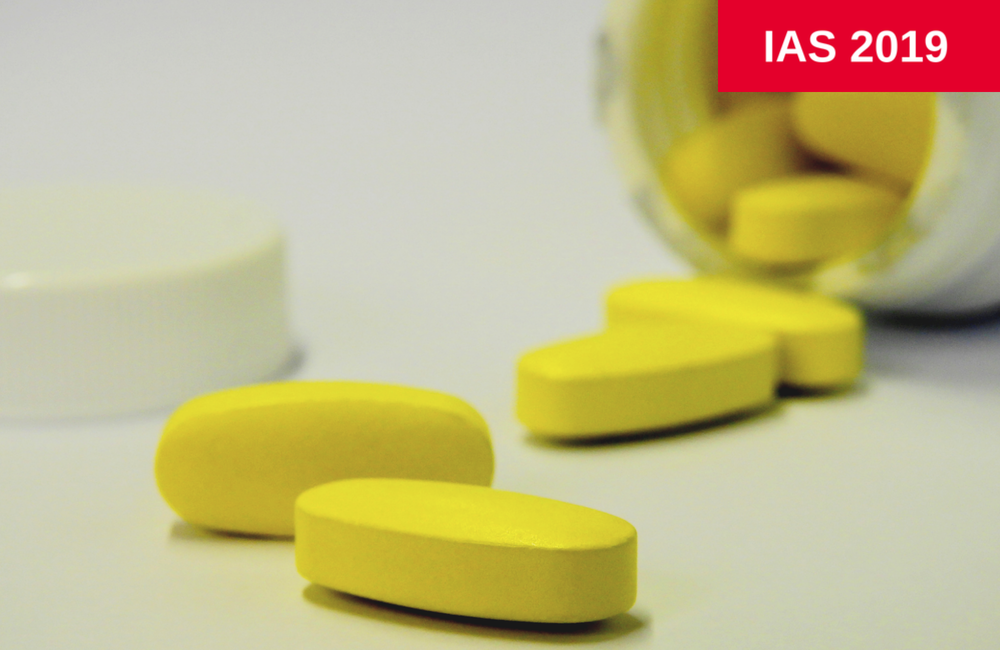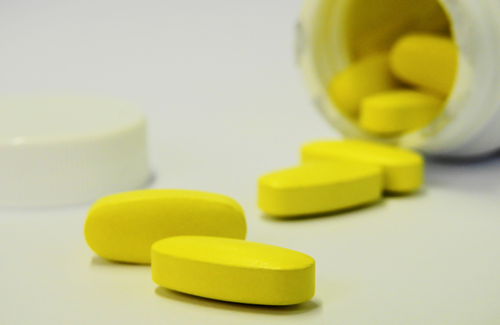
Successful treatment of hepatitis C virus (HCV) may lead to a reduction in immune activation related to leakage of bacteria from the gut in people with HIV/HCV co-infection, according to a study presented at the 10th International AIDS Society Conference on HIV Science last month in Mexico City.
Research has shown that chronic inflammation contributes to a host of conditions – including cardiovascular disease and cancer – in people living with HIV, even if they are on effective antiretroviral therapy that maintains viral suppression.
Starting at the earliest stages of infection, HIV damages the gut lining, allowing intestinal bacteria to leak out, a process known as microbial translocation. When this happens, a bacterial membrane component known as lipopolysaccharide (LPS) triggers activation of macrophages and other immune cells, leading to an inflammatory response.
HCV also plays a role in chronic inflammation, which may help explain why it increases the risk of other health conditions beyond liver disease. Curing hepatitis C not only decreases the risk of liver cancer and liver failure, but studies show that successful HCV treatment is associated with a reduction in non-liver-related illness and mortality in people with HIV/HCV co-infection as well.
Dr Audrey French of Cook County Health in Chicago and colleagues looked at the effect of curing HCV on biomarkers of macrophage activation (soluble CD163) and microbial translocation (soluble CD14), which have been implicated in the pathogenesis of serious non-AIDS conditions including cardiovascular disease.
This analysis studied included 126 women with HIV/HCV co-infection who were successfully treated for hepatitis C in the Women's Interagency HIV Study, a large longitudinal study of HIV-positive and demographically similar HIV-negative women in several US cities.
The women had a median age of 56 years and about half were African American, reflecting the demographics of women living with HIV in the US. Just over 70% had undetectable HIV viral load and the median CD4 count was high, at 615 cells/mm3. One in ten had evidence of liver cirrhosis according to the APRI and FIB-4 fibrosis biomarker indices. Most participants were cured with direct-acting antivirals, but about 10% were successfully treated with interferon-based therapy.
Comparing levels of soluble CD163 and CD14 before and after hepatitis C treatment, the researchers reported that levels of both biomarkers fell after HCV eradication. Soluble CD163 decreased from 7.1 to 6.6 ng/ml, while soluble CD14 decreased from 14.6 to 14.5 pg/ml. Although small, these changes were statistically significant – meaning they probably were not due to chance alone – and remained so after adjusting for factors including age, race, liver disease stage, CD4 count, HIV viral load and alcohol use.
As expected, the researchers found that APRI and FIB-4 fibrosis scores decreased significantly after successful hepatitis C treatment. Further, greater declines in soluble CD163 and CD14 after an HCV cure were correlated with more improvement in liver fibrosis biomarkers. The investigators' next plan is to add transient elastography (FibroScan), a more accurate non-invasive method of assessing liver fibrosis.
"Successful treatment of hepatitis C significantly decreased markers of microbial translocation and macrophage activation in HIV/HCV co-infected women," the researchers concluded.
The association between decreases in soluble CD163 and CD14 and declines in fibrosis biomarkers "suggests that a component of the salutary effect of HCV cure is a downstream effect, with improvement in hepatic fibrosis decreasing microbial translocation," they continued. "This study demonstrates a potential mechanism by which HCV cure leads to reduction in the occurrence of HIV associated non-AIDS comorbidities."
Burke K et al (French A presenting). The effect of hepatitis C (HCV) cure on markers of macrophage activation and microbial translocation among HIV seropositive women. Tenth International AIDS Society Conference on HIV Science, Mexico City, abstract TUPDA0106, 2019.

